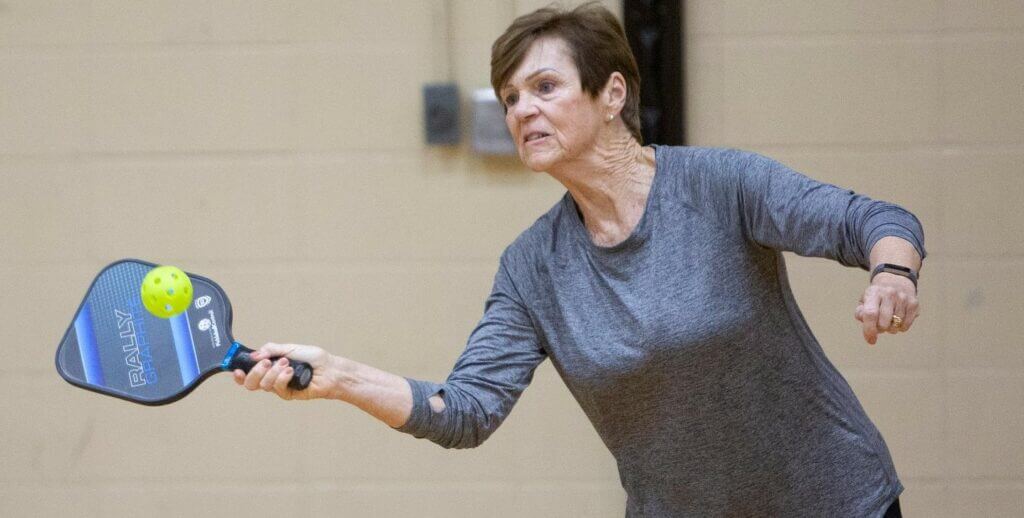by Jenny Foster
A never-ending debate in pickleball game is whether or not to use the wrist when hitting the pickleball. With the division of opinions regarding this matter, pickleball players may suddenly find themselves at a loss.
For pickleball players who are against using the wrist, they claim that using the wrist changes the paddle face when executed without caution. As a result, the movement of the paddle is unstable, and hitting the ball flawlessly or straight with the sweet spot can be difficult or result in an error.
In addition, with the use of the wrist, the paddle face may be pointed at the wrong direction, resulting in unpredictable pickleball behavior in return.
However, although precise and calculated shots and movements are required in pickleball, some players believe in the power of taking a risk, that is, occasionally using their wrist in matches. In this case, pickleball players should realize when they can use their wrist and with a proper strategy in mind.
As the hinge connecting the forearm and the hand, the wrist enables the separate movement of these two body parts. This function of the wrist plays a critical role when hitting the pickleball hard or when using a top spin.

In the case of top spin, this shot requires a low-to-high paddle movement in which wrist involvement is important. Specifically, in the top spin, when a pickleball attempts to flick the ball toward the opponent, they can use their wrist when executing the required low-to-high movement.
Using the wrist also helps in adding speed to the pickleball. This benefit can be attributed to the small size of wrist, which renders it capable of making rapid movements. Aside from isolated movement to increase the pickleball speed, the wrist can work collaboratively with other body parts to achieve such goal.
Thus, in the end, the use of wrist will depend entirely on the current situation of a pickleball player inside the court. In cases when a pickleball player is aiming for a stable shot and not a hard hit or a top spin, then excluding the wrist is the best strategy. However, the use of the wrist becomes a great tool when trying to speed up a pickleball or hitting it deep down low toward the opponents’ court.
Finally, what pickleball players should take into heart is the situations in which the use of wrist becomes applicable. In addition, using the wrist should be a calculated risk that is only made when a player has a high chance of benefitting from such gamble.
